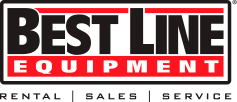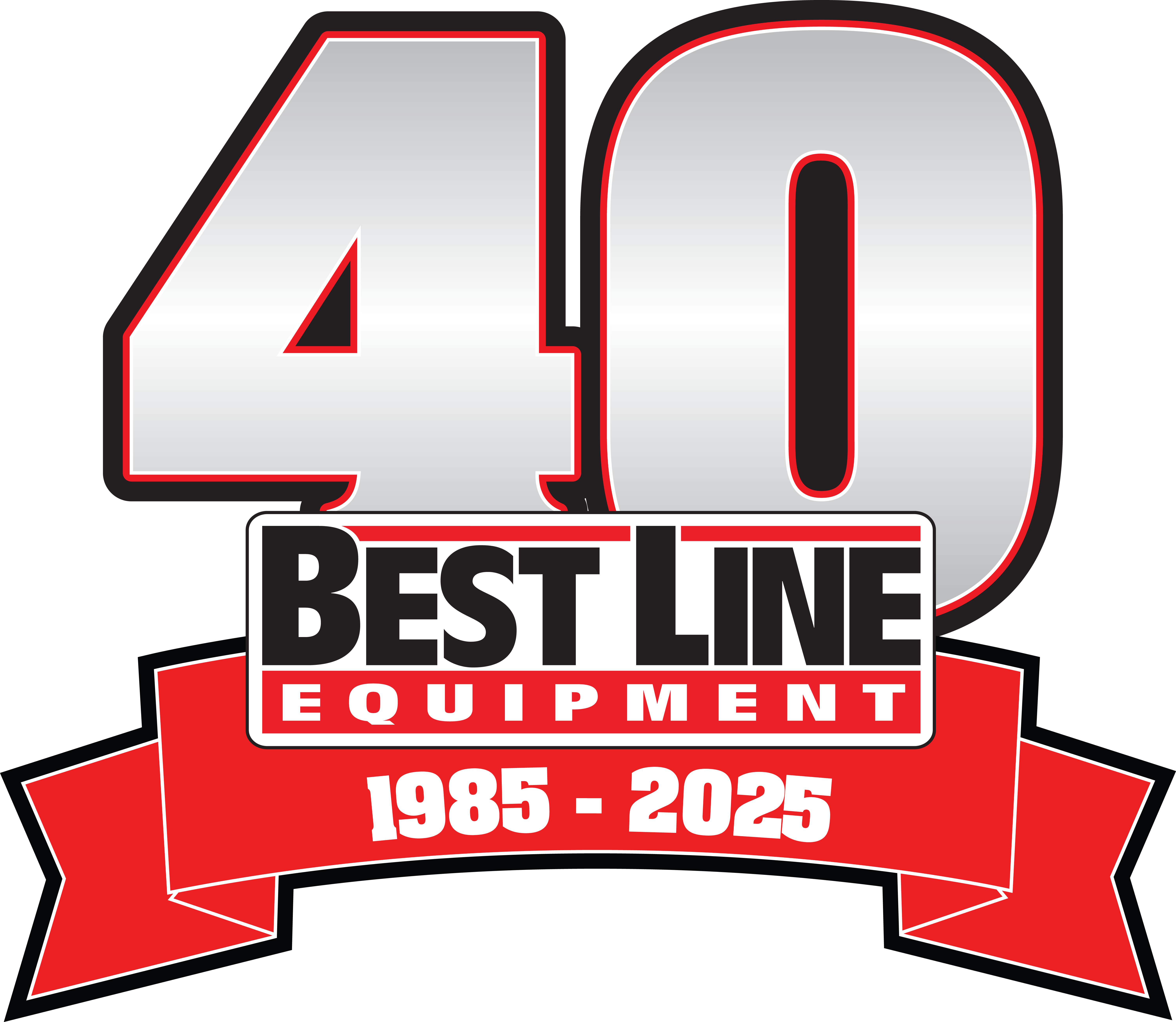Best Practices to Winterize Your Heavy Equipment: Part Two of a Two Part Series

Best Practices to Winterize Heavy Equipment: Part 2
In part two of Winterizing Heavy Equipment, we focus on the importance of using manufacturer recommended filtration systems and hydraulic lubricants to keep your equipment running smoothly and at 100%. To read the first part of the blog series, click here.
Filters
Just as changing your oil is an important part of your machine's routine maintenance, so is changing your filters. As mentioned in our last blog post, when changing out your filter, always use manufacturers recommended replacements. Using filters that fit but don't meet the OEM's requirements can cause poor performance or damage to the engine. Filters are measured by the size of practicals they can filter out. This is measured in "microns". If the wrong micron filter is used, it could restrict the flow of the fluid it's filtering or it could let dirt particles pass through that shouldn't cause costly damage. Also, make sure your fuel water separator, if equipped, has been emptied before temperatures begin to drop. It's good to keep extra filters on hand.
If you would like assistance on servicing your machine for winter, click here to schedule an appointment with our Best Line service team.
Battery
The battery is known as the heart of the engine. While winter weather can take a toll on all of your equipment, your battery is arguably the most sensitive to dropping temperatures. Together with the engine, your battery is most efficient at 80 degrees Fahrenheit. As the temperature drops, so does your battery's efficiency. In order to maintain your battery's life, consider the following tips:
- Store fully charged battery in a warm, dry climate-- preferably around room temperature, which is between 40-60 degrees Fahrenheit.
- Always fully charge battery before you store it.
- Recharge battery when its capacity drops below 75 percent
- Conduct visual inspection of battery. Check for signs of corrosion, dirt, or moisture. These will drain battery's life.
- Disconnect the battery's ground cables when storing your battery for more than 10 days, installing a battery disconnect switch is highly recommended for units that have ECUs and other power robbing engine conditions.
- Always place batteries upright, single file. Never stack batteries as damage can occur.
- Check the state of your battery every 30 to 45 days when storing.
Coolant
With your engine running, make a point to check your coolant for bubbling. Your coolant levels should be one inch over the top of the radiator core if the system doesn't have a coolant recovery tank. If the system has a coolant recovery tank, always check the level when the engine is "cold". Additionally, ensure that the coolant you're utilizing has a freeze point low enough for the type of climate your facing. When adding coolant always check to make sure the coolant your using will mix or be compatible with the OEM recommendations. Never add water to a premixed coolant this will lower the concentration and reduce protection. You should check the level of freeze protection of your coolant every year. Most coolant testers are cheap and easy to use-- it will tell you whether the protection level of the coolant in your system is adequate.
Hydraulics
The best time to check or maintain hydraulic lubricants are before temperatures begin to drop. Make sure that your equipment's fluid levels are enough for proper flow. A general rule for checking your fluid levels is to pull each dipstick and see if the oil drips. If it does, you have enough. Pay special attention to the suction filter and hydraulic chamber, as these should be tested and lubricated. Best Line offers oil and fuel quality tests that could save costly damages or premature wear.

For more information on how to winterize your heavy equipment, reach out to the experts at Best Line at 1-800-679-BEST or visit us online at www.BestLine.com.

